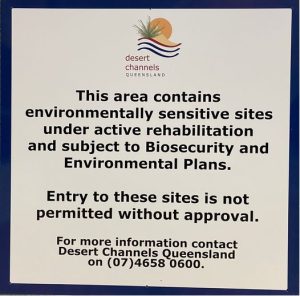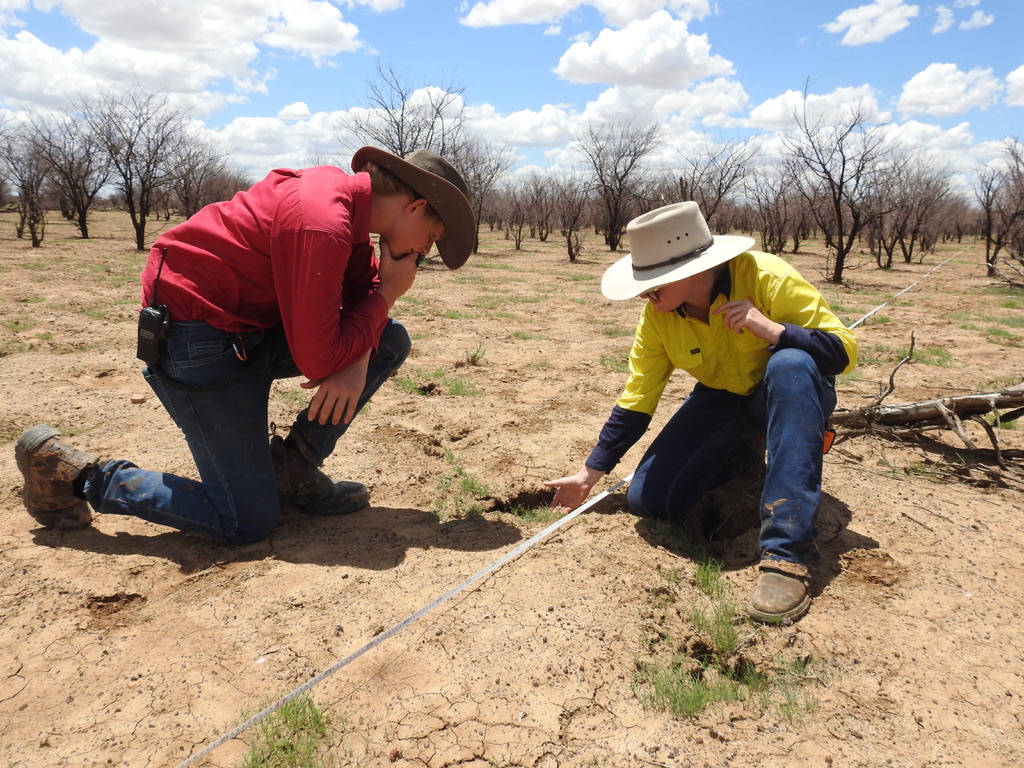TAKE HEED OF WEED SEED
When should you watch for weeds in Western Queensland?
As a region, we have experienced some amazing rain the past few years – such a joy after so many years of drought.
However, rain will also bring a greater risk of weed growth.
The best time to act on that is “now”, during the wet season.

So, what can you expect?
For many of the weeds in our region, the lack of competition from years of drought will mean weeds are the first to “take off”.
Most often weeds will grow more quickly and race to set seed well before our native species, giving them a competitive edge long-term.
In 2022, we have seen a surge in tourists, scientists, adventurers and general visitors to the region and to properties, which means regular weed monitoring and control is the only way to curb any new infestations.
You should ensure any people who come onto your properly washes their vehicles and equipment down, and only stays within agreed areas.
Why it matters
The cost of weed control is only getting more expensive.
Landholders have a responsibility to control weeds, but everyone has a responsibility to ensure that we are not increasing risk or introducing weeds onto a property or into an area.
In Desert Channels Queensland project areas, you will start to see these signs appear.

Significant public and private money is being invested to effectively manage our natural resources (soil, pasture, water, biodiversity), and while there is always an interest in these areas, it’s also important to remind visitors of their responsibilities.
Risks must be understood so investment is not undone.
Most of our weeds are easily transported by vehicles, so be careful you don’t leave a massive clean up bill for someone else next time you visit!

